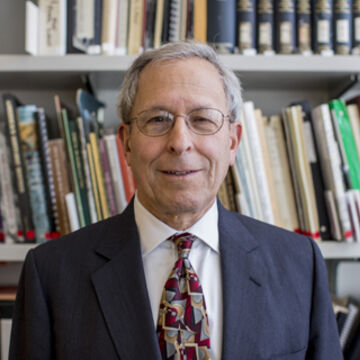

Richard Friedman
Lecturer
Contact
Bio
Adjunct Professor, Historic Preservation (1994). BS, political science, University of Illinois at Urbana-Champaign; J.D., University of Chicago Law School. Concurrent Position: Member of the managing group, Neal & Leroy, LLC, Chicago. Publications: "Practice and Procedure of the Condemnor," in Illinois Institute for Continuing Legal Education, Eminent Domain Law.
Experience at SAIC
Historic Preservation Law is the foundation for protecting our cultural heritage. This course provides the tools for understanding why we protect our heritage and the methods for doing so. In addition, the course lets student understand the interests and rights of property owners and other who may not share our interest in preservation.
My course adapts the Socratic method, the teaching method used in law school. This is a dialog between the instructor and student. By exchanging ideas, students learn to find the answers themselves and analyze the issues involved.
Another law school technique is moot court. Students learn to prepare a preservation issue for presentation in court or to a government body. In our case, students present their case in an actual courtroom. In the presentation, students discover how to identify essential issues and present them persuasively with testimony and exhibits.